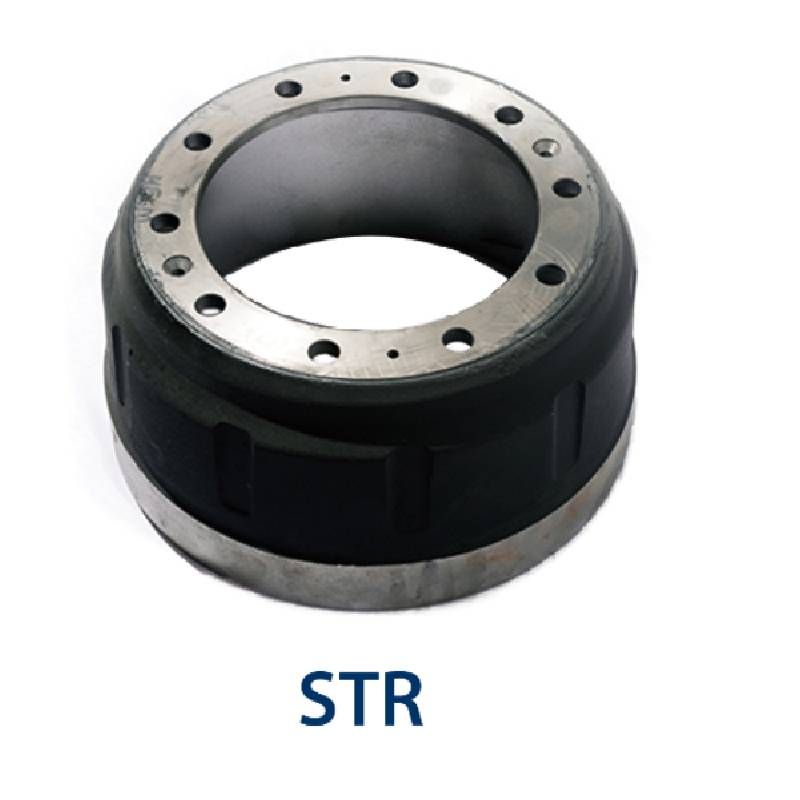Nov . 28, 2024 07:52 Back to list
Converting Brake Drums to Brake Discs for Enhanced Performance and Safety
Brake Drum to Disc Conversion Enhancing Your Vehicle's Performance
When it comes to vehicle braking systems, the debate between drum and disc brakes has long been a topic of interest among automotive enthusiasts and professionals alike. While both systems serve the same fundamental purpose of slowing and stopping a vehicle, they each come with distinct advantages and disadvantages. A growing trend in vehicle modification is converting from brake drums to disc brakes, offering a host of benefits that can enhance performance, safety, and maintenance.
Understanding the Basics
Brake drums have been standard in many vehicles for decades, commonly found in the rear brakes of compact cars and even some trucks. They operate using a set of shoes that press against the inside of a spinning drum, creating friction to slow down the vehicle. On the flip side, disc brakes utilize a caliper to squeeze brake pads against a disc or rotor, which provides more efficient braking power and heat dissipation.
Advantages of Conversion
One of the most significant benefits of converting from drum to disc brakes is improved braking performance. Disc brakes excel at dissipating heat, which is crucial during prolonged braking, such as when descending a steep hill or during aggressive driving conditions. Excessive heat can lead to brake fade, where the braking system loses effectiveness. Disc brakes maintain optimal performance due to their superior ventilation and cooling properties.
Additionally, disc brakes offer more consistent and responsive braking. When engaged, disc brakes provide a more direct feel, allowing for better modulation and control. This is particularly beneficial in high-performance situations, where precise braking is critical for safety and handling.
Another key advantage is reduced maintenance. Drum brakes are more complex, requiring more frequent adjustments and inspections. In contrast, disc brakes are easier to maintain, as most of their components are more accessible and visible. Replacement of brake pads is straightforward, and wear can be monitored with greater ease.
brake drum to disc conversion

Safety Considerations
Safety is paramount when evaluating braking systems. The conversion to disc brakes can significantly enhance a vehicle's safety profile. In emergency situations, the quicker response time and improved stopping distance associated with disc brakes can be the difference between avoiding a collision or experiencing a serious accident. The added reliability of disc brakes also means that drivers can have greater confidence in their vehicle's stopping power.
Installation and Costs
It's important to note that the conversion from drum to disc brakes is not a simple bolt-on process. It typically involves more than just swapping out components; the entire brake system, including the master cylinder, brake lines, and possibly the rear end, may need to be modified to accommodate the new setup. As a result, while the performance gains can be substantial, the costs and labor associated with this conversion should be carefully considered.
Many aftermarket kits are available, designed to ease the conversion process, but quality and compatibility can vary. It's advisable to consult with a professional mechanic or a trusted automotive shop to ensure the correct components are selected for your specific vehicle make and model.
Conclusion
Converting from brake drums to disc brakes is a worthwhile investment for those looking to improve their vehicle’s performance and safety. The benefits of enhanced braking performance, reduced maintenance requirements, and increased safety make this upgrade attractive for car enthusiasts and everyday drivers alike. While the conversion can require a significant investment in time and money, the payoff in terms of performance and peace of mind is undeniable. As automotive technology continues to evolve, embracing modern braking systems will enhance not only the driving experience but also overall vehicle safety.
-
Scania Brake Drums: OEM Quality for Optimal Safety & Durability
NewsAug.16,2025
-
R.V.I: Advanced Remote Visual Inspection for Precision
NewsAug.15,2025
-
Discover HYUNDA: Innovative Vehicles, Equipment & Solutions
NewsAug.14,2025
-
R.V.I: Unlock Advanced Insights & Real-time Performance
NewsAug.13,2025
-
Kamaz Brake Drum: Durable & Reliable for Heavy Duty Trucks
NewsAug.12,2025
-
Heavy Duty Iveco Brake Drum - Premium Quality & Safety
NewsAug.11,2025
